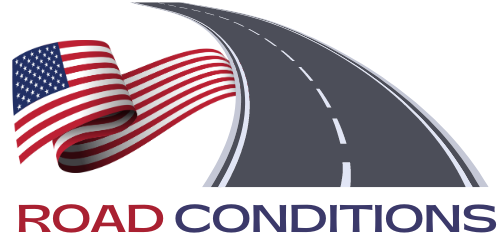Pavement markings play an essential role in road safety and traffic regulation. They provide clear guidance to drivers, promoting order and reducing the chances of accidents.
These markings, which come in various colors and symbols, help manage lane changes, indicate turns, and guide drivers through complex intersections.
By adhering to pavement markings, drivers contribute to smoother traffic flow and safer roads.
Types of Pavement Markings

First, let us talk about the main types.
White Lines
White lines are one of the most common types of pavement markings and are primarily used to separate traffic moving in the same direction.
Each type of white line serves a purpose.
- Single Broken White Line: This marking is commonly found on multi-lane roads. It allows vehicles to change lanes, but only when it’s safe.
- Single Solid White Line: Lane changes are not recommended when a single solid white line is present.
- Double Solid White Lines: It completely prohibits lane changes. Crossing double solid white lines is unsafe and can lead to penalties.
Yellow Lines
Yellow lines are used to separate traffic moving in opposite directions. They are essential for preventing head-on collisions and managing overtaking.
- Broken Yellow Line: Vehicles are allowed to pass other vehicles when it is safe.
- Solid Yellow Line: Crossing a solid yellow line is prohibited as it marks areas where passing is unsafe, typically on roads with limited visibility or heavy traffic.
- Double Solid Yellow Lines: These lines are common on two-way roads and prohibit passing for vehicles in either direction.
- Solid and Broken Yellow Line Combination: This marking allows passing only for vehicles on the side of the broken yellow line.
Edge Line Pavement Markings
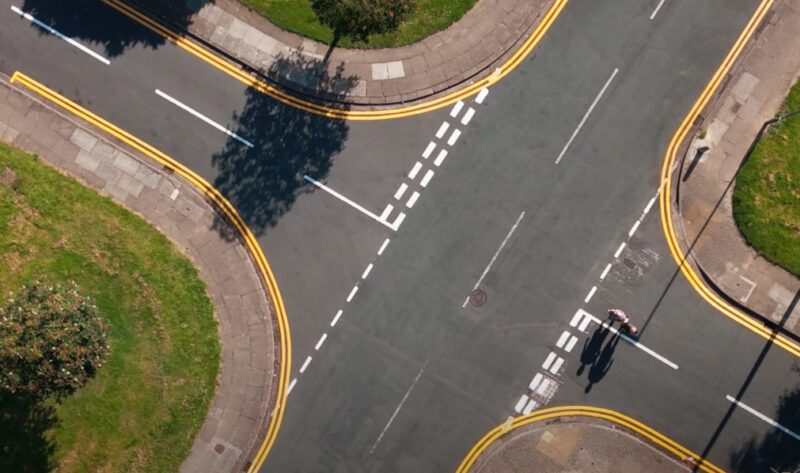
Edge lines help define the outer boundaries of the roadway, providing a visual cue for drivers to stay within their lanes, especially in poor weather or at night.
- White Edge Line: Positioned along the right-hand side of the road, the white edge line is a common feature on highways.
- Yellow Edge Line: Typically found on the left side of divided highways or one-way streets, yellow edge lines serve as a boundary to prevent vehicles from veering into oncoming traffic.
Raised Pavement Markings (RPMs)
Raised pavement markings (RPMs) provide enhanced visibility and tactile feedback, helping drivers stay in their lanes, especially during adverse weather conditions. These markings are often reflective, making them highly visible at night or in the rain.
RPMs serve multiple functions:
- Supplements for Standard Markings: RPMs are often used alongside painted lines, adding extra visibility in areas where traditional markings may be harder to see, such as in tunnels or on winding roads.
- Rumble Strips: In some cases, RPMs can be designed as rumble strips, which vibrate the vehicle as a warning when drivers unintentionally drift out of their lane.
No-Passing Zones

No-passing zones are crucial in areas where passing would be highly dangerous, such as on blind curves or hills.
These zones are primarily indicated by solid yellow lines on the road. No-passing zones aim to reduce the risk of head-on collisions caused by limited visibility or difficult driving conditions.
No-passing zones are often accompanied by “No Passing Zone” signs to further clarify that overtaking other vehicles is prohibited.
Pavement Arrows
Pavement arrows are essential in helping drivers navigate through intersections and onto highways or specific lanes. They communicate lane designations and guide proper vehicle placement.
These arrows indicate lanes that are designated for one specific direction, such as left-turn-only lanes or right-turn-only lanes. They help streamline traffic flow and prevent confusion at busy intersections.
Dual direction arrows indicate that a lane allows drivers to either go straight or make a turn. This flexibility is common in multi-lane roads, especially in urban areas where traffic volumes are high, and the need for multiple movements from one lane is necessary.
HOV (High Occupancy Vehicle) Lanes
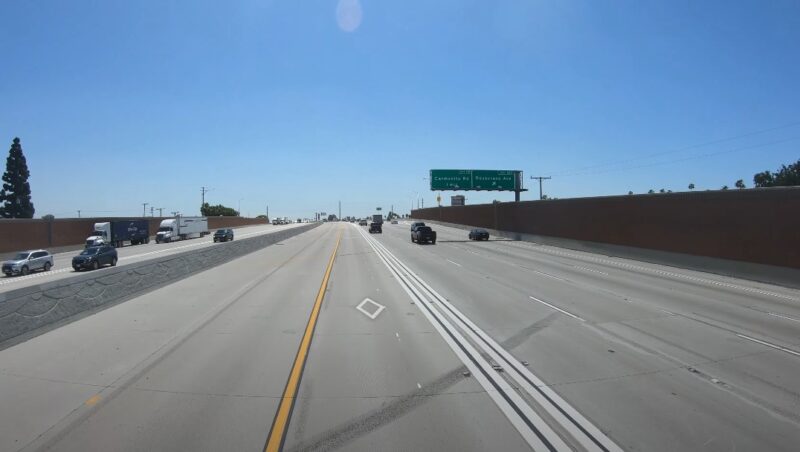
HOV lanes, marked with diamond symbols, are designated for vehicles with multiple occupants, typically two or more people, or for specific types of vehicles such as buses or low-emission cars. These lanes are meant to encourage carpooling and reduce traffic congestion.
The rules for HOV lanes vary by state or region, and in some cases, they are only in effect during peak traffic hours.
In addition to diamond symbols, HOV lanes are often marked with signage indicating the number of passengers required, specific vehicles allowed, or the times when the lane restrictions apply.
Stop and Yield Lines
Stop and yield lines are critical for regulating traffic at intersections and ensuring that vehicles come to a complete stop or give way when necessary.
- Stop Lines: These lines indicate where drivers must stop before proceeding through an intersection or crosswalk. Located just before intersections, stop lines help ensure that drivers do not block pedestrian pathways or infringe on other lanes when waiting for a signal change.
- Yield Lines: Typically found at roundabouts or controlled intersections, yield lines instruct drivers to slow down and give way to other traffic. These lines are often accompanied by triangular markings and signs, making it clear when drivers must yield to other vehicles or pedestrians.
Crosswalk Markings
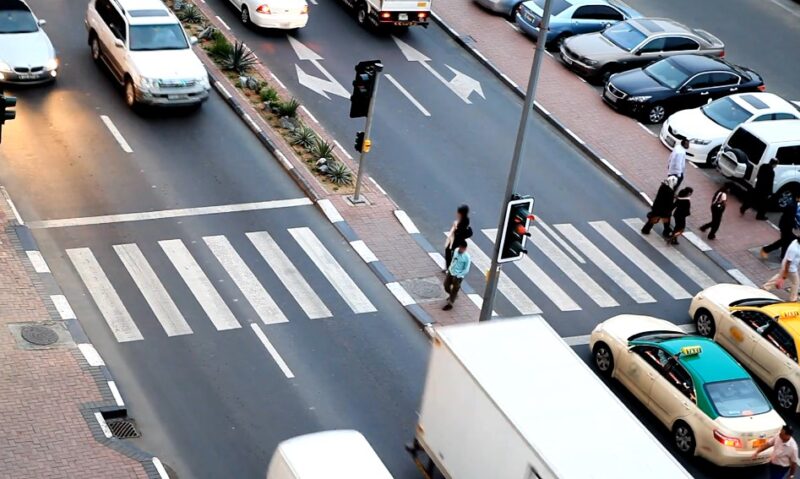
Crosswalk markings designate pedestrian crossings and are often paired with traffic signals or stop signs to ensure safe pedestrian movement.
These markings are typically found at intersections, but they may also be placed mid-block in high-traffic areas like school zones or near shopping centers.
Crosswalks serve as a visual reminder to drivers to watch for pedestrians and to stop when necessary.
Depending on the area, crosswalks may be accompanied by flashing lights or raised markings to increase their visibility.
Pedestrians are encouraged to use marked crosswalks, as vehicles are legally required to yield at these designated crossings.
Roundabout Pavement Markings
Roundabouts, or circular intersections, rely on pavement markings to guide drivers through the roundabout safely and efficiently. These markings help drivers understand when to yield, which lane to use, and where to exit the roundabout.
Pavement arrows play a crucial role in roundabout navigation, indicating the direction of traffic flow. Lane markings within the roundabout guide vehicles to the correct exit or continuing path.
Proper lane usage is vital in preventing collisions and ensuring that vehicles flow smoothly through the roundabout. Drivers must follow the markings carefully and yield to vehicles already in the roundabout.
Special Colored Markings
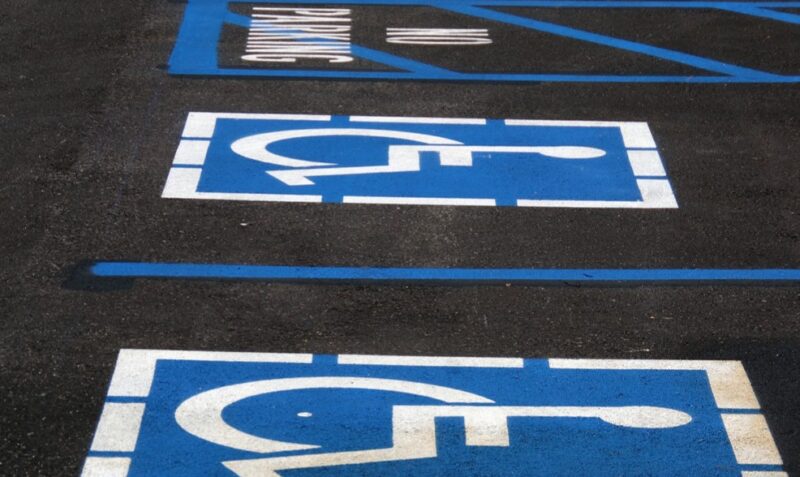
Special colored markings are used to indicate specific types of parking or restricted areas. These colors carry distinct meanings, providing quick visual cues to drivers about the purpose of the area.
- Blue: Blue pavement markings are used to designate handicapped parking spaces. They are often accompanied by the international symbol of accessibility, ensuring that these spots are reserved for those with valid permits.
- Red: Red markings are commonly used for emergency or restricted zones where stopping, standing, or parking is prohibited. These markings are typically found in fire lanes, in front of emergency exits, or in areas where vehicles could obstruct critical access points.
- Green: Green pavement markings may indicate bicycle lanes or areas where parking is permitted for a limited time. These markings help guide both cyclists and drivers, ensuring that each has a designated space on the road.
The Bottom Line
Pavement markings are crucial for maintaining road safety and traffic order.
By following these markings, drivers can navigate roads more efficiently and reduce the risk of accidents. Always stay alert to pavement markings for a safer driving experience.
